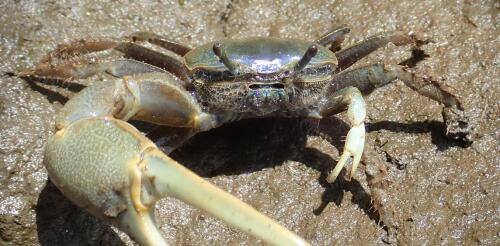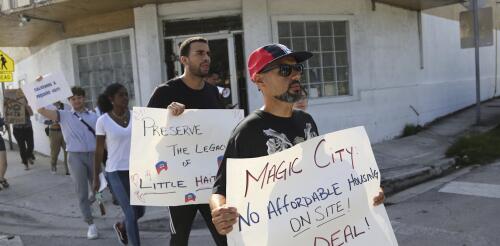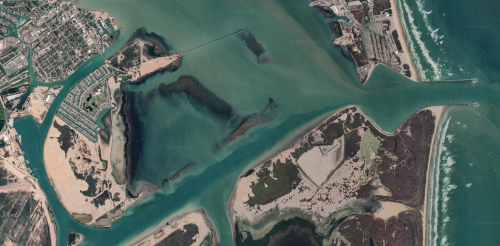Coastal
Nine years ago, I stood on the muddy banks of the Great Marsh, a salt marsh an hour north of Boston, and pulled a thumb-sized crab with an absurdly large claw out of a burrow. I was looking at a fiddler crab – a species that wasn’t supposed to be north of Cape Cod, let alone north of Boston. As it turned out, the marsh I was standing in would never be the same. I was witnessing climate change in action. The Great Marsh is on the Gulf of Maine, the piece of the Atlantic that extends approximately from Cape Cod, Massachusetts, to Nova Scotia, Canada. The marshes along the gulf are critical breeding sites for many bird species. But the water there is warming faster than almost anywhere else on the planet. And with warming water comes warm-water species. Marsh grass is essential for both habitat and adapting to sea-level rise in the Great Marsh. David S. Johnson Maryland blue crab and black...
Miami’s Little Haiti has been an immigrant community for decades. Its streets are lined with small homes and colorful shops that cater to the neighborhood, a predominantly Afro-Caribbean population with a median household income well below Miami’s. But Little Haiti’s character may be changing. A $1 billion real estate development called the Magic City Innovation District is planned in the neighborhood, with luxury high-rise apartments, high-end shops and glass office towers. Little Haiti’s streets have been lined with murals and mom-and-pop shops for generations, but that’s changing. Joe Raedle/Getty Images The developers emphasize their commitment to sustainability. But high-end real estate investments like this raise property values, pushing up property taxes and the cost of living for surrounding neighborhoods. The potential effect on shops and homeowners and on t...
Centuries ago, estuaries around the world were teeming with birds and turbulent with schools of fish, their marshlands and endless tracts of channels melting into the gray-blue horizon. Fast-forward to today, and in estuaries such as New York Harbor, San Francisco Bay and Miami’s Biscayne Bay – areas where rivers meet the sea – 80% to 90% of this habitat has been built over. The result has been the environmental collapse of estuary habitats and the loss of buffer zones that helped protect cities from storm surge and sea-level rise. But the damage isn’t just what’s visible on land. Below the surface of many of the remaining waterways, another form of urbanization has been slowly increasing the vulnerability of coastlines to extreme storms and sea-level rise: Vast dredging and engineering projects have more than doubled the depths of shipping channels since the 19th century. Side-by-side illustrations sho...


